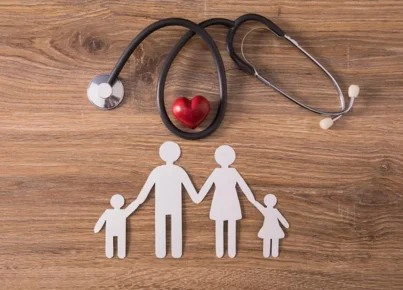Introduction
Teaching others about prescription drug safety is vital in today’s fast-paced world, where the propensity for misuse and misunderstanding is high. As a healthcare professional, I’ve taken it upon myself to ensure that people understand the importance of using these drugs safely and responsibly. This article outlines my approach to teaching prescription drug safety, highlighting key strategies that can be applied in various setting.
1. Educate on the Importance of Reading Labels
One of the most crucial aspects of teaching prescription drug safety is ensuring that people understand the keys to correct usage. This requires them to read and follow the instructions provided on the label. To emphasize this, I reinforce how essential it is to review the label for information on the proper dosage, frequency, and potential side effects.
2. Highlight Proper Storage and Disposal Methods
Another critical aspect I cover in my lessons is proper storage and disposal of medications. Many people are not aware that many prescription drugs should be stored in a cool, dry place away from direct sunlight or extreme temperatures, while others may require refrigeration. Additionally, proper disposal methods should be followed as per guidelines from local authorities or healthcare professionals.
3. Encourage Open Communication with Healthcare Providers
Prescription drug safety education must also include encouraging open communication with healthcare providers. It’s essential for individuals to share their medical history, allergies, and any other relevant information with their doctor or pharmacist to ensure they receive appropriate medications at suitable doses.
4. Discuss Potential Drug Interactions
When teaching prescription drug safety, I don’t overlook discussing potential interactions between different medications, as well as between medications and certain foods or beverages. This knowledge can help prevent adverse reactions and enhance understanding of one’s prescribed drugs.
5. Emphasize Regular Medication Reviews
As needs change over time, so too can medication requirements. For this reason, I stress the importance of regularly reviewing one’s prescribed medications with a healthcare professional to ensure their continued safety and efficacy.
6. Discourage Sharing Medication
A pillar of prescription drug safety is discouraging the sharing of medications with others, even if their symptoms are similar. I make sure to impress upon my students that not only is sharing illegal, it can lead to dangerous side effects or interactions.
7. Customization According to Audience
Finally, I understand that teaching prescription drug safety may require tailoring the content depending on my audience – children, teenagers, adults, or seniors. For this reason, I adapt my approach to cater to the unique needs and perspectives of each age group.
Conclusion
Prescription drug safety is a critical part of overall health and wellbeing. By following these guidelines when teaching others about this important topic, we can reduce the likelihood of misuse and promote responsible behavior. Remember: always read labels carefully, communicate openly with healthcare providers, and continuously review medications for optimal health and safety.





